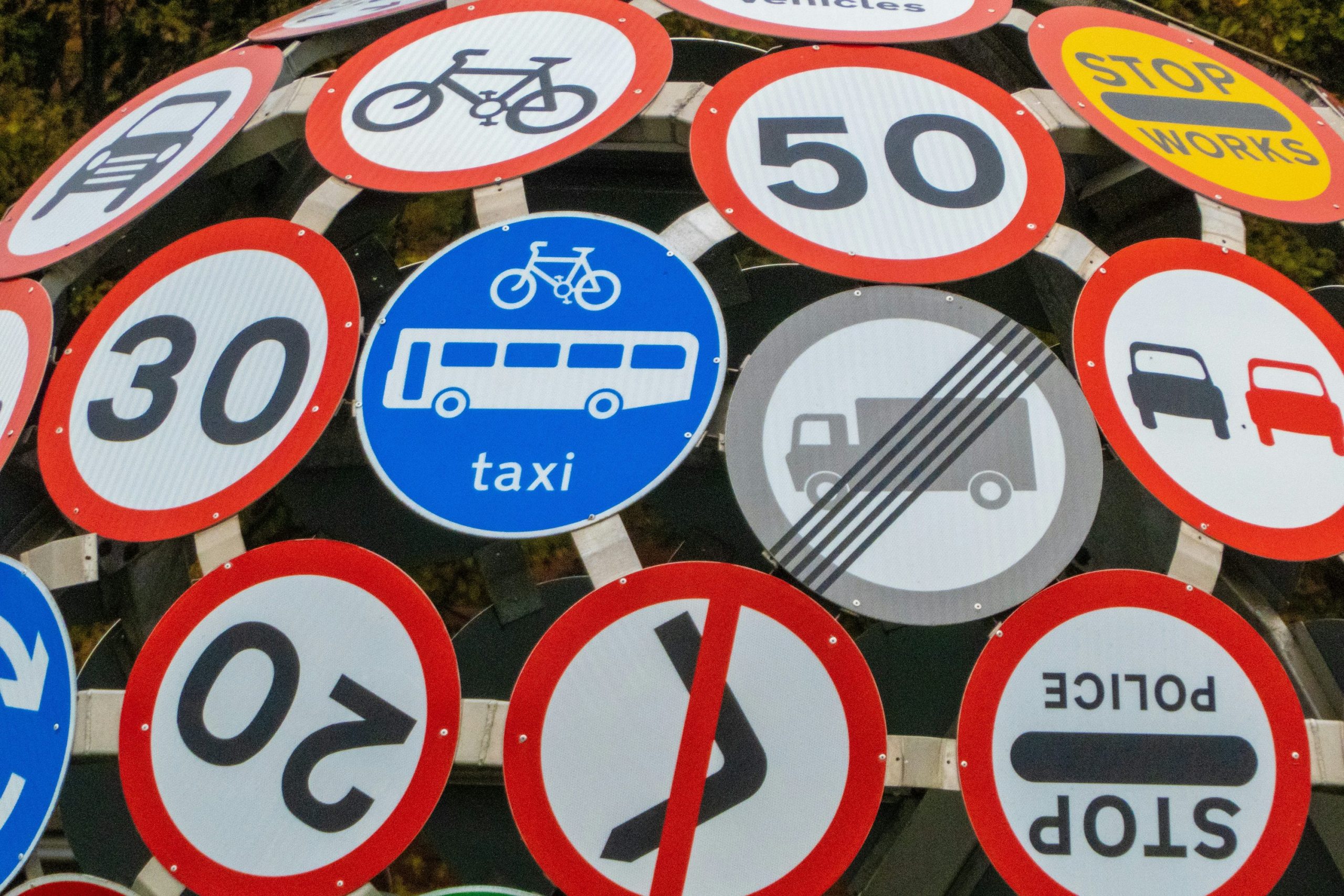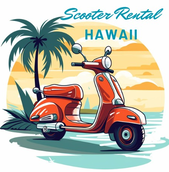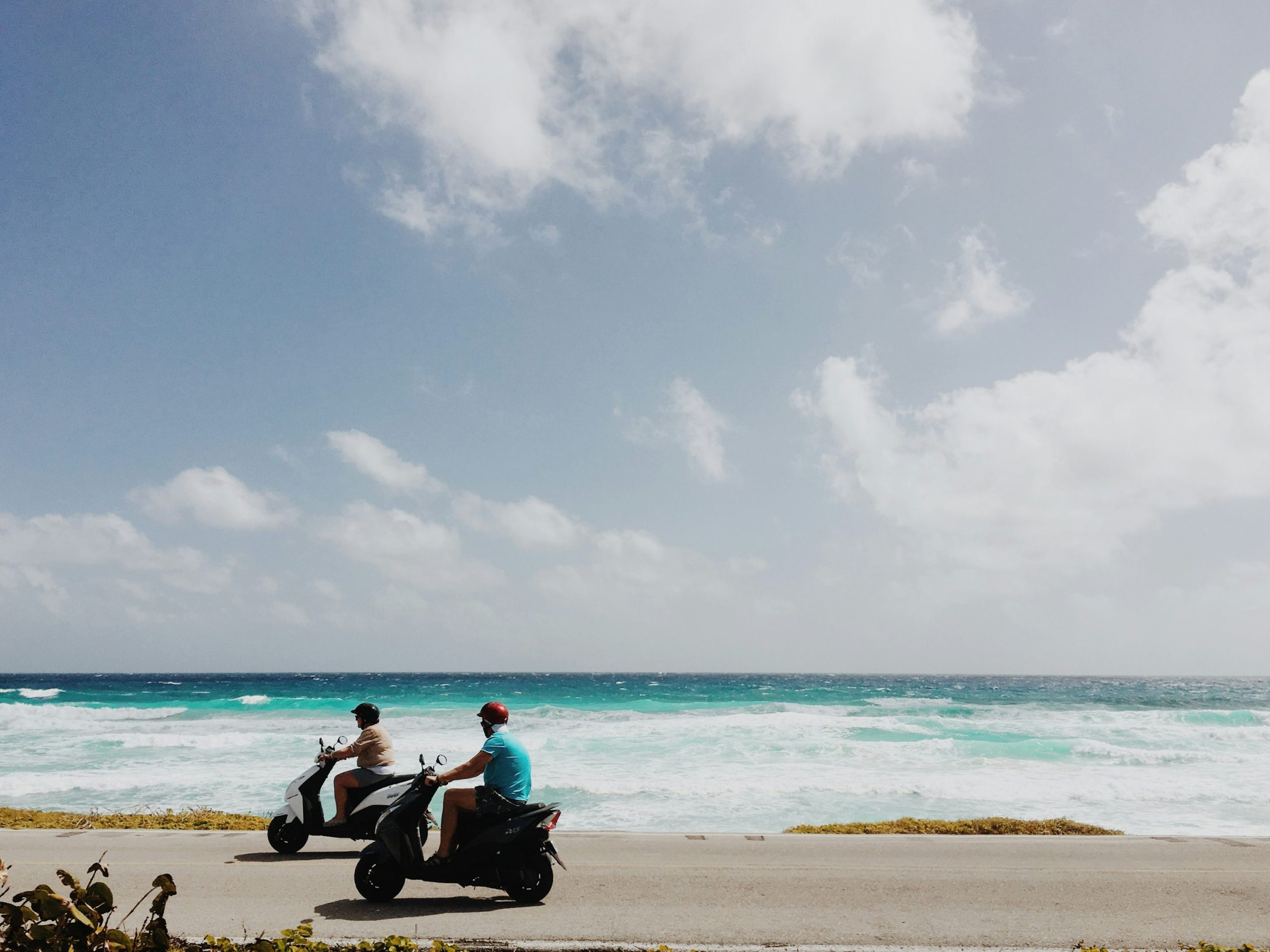The most common question people (including me) have is whether we can drive mopeds on the highway.
In recent years, I’ve seen a surge in two-wheeler riding in my state, Hawaii, whether locals buy one or tourists rent one. Scooters and mopeds have risen in popularity as they are convenient to ride, eco-friendly, and less accident-prone than other vehicles.
These small vehicles can easily navigate the wide and narrow roads of the state. They are fuel efficient, and guess what? They are easy to park.
However, the rise in scooter and moped riders has raised many questions regarding their legal status on different types of roads, particularly highways.
To clear out all the confusion, we have shared all the details you need to know before you take your scooter or moped for a ride on a highway!
Scooter And Moped Laws And Regulations

Motorized two or three wheels vehicles, including a motor-driven cycle, are treated just as motorcycles. If we look closely, the laws and regulations are almost the same for both motorcycles and scooters/ mopeds, where you must have a valid motorcycle license and carry the minimum required insurance.
Laws and regulations regarding mopeds and scooters may differ from state to state, but most states have standard guidelines for using them on highways. While some states require mopeds to be registered and titled, others do not. Some requirements concerning mopeds can include helmet laws and liability insurance because mopeds can be categorized as traffic means of transport.
Licensing Requirements
In most states, moped riders do not need a driver’s license to operate a moped, but a motorcycle license is required for mopeds with larger engine sizes, scooter riders, and motorcycle riders. Some states also need a special motorcycle endorsement on a driver’s license to legally ride a moped.
Moped riders may need to complete a safety course from the local DMV (Department of Motor Vehicles) or pass a written test to obtain a license.
If we are talking about licensing requirements, we should know a bit about scooter laws in Hawaii as well. In Hawaii, it is necessary that mopeds be registered with the County Director of Finance (249-14 (a), HRS). The registration decal needs to be placed on the rear fender, facing toward the back, according to 249-14(b) of the HRS.
To register a moped, it must display a certification label from the manufacturer confirming it meets all federal motor vehicle safety standards (FMVSS). This is a mandatory federal requirement for any vehicle intended for use on public roads.
Helmet Laws
Helmets are one of the most important pieces of protective gear one should wear at all times while riding a motorized bicycle or any other motorized vehicle. It is helpful to keep your head safe during any unseen mishap.
Considering the safety of the riders, Hawaii state law requires moped or scooter riders under 18 years of age to wear a safety helmet when they are riding the vehicle or even riding as a passenger.
However, it is not necessary for those over 18 to wear a helmet (but do wear one for your own safety). Riders should also wear safety glasses and face shields even if they are not wearing helmets.
Insurance Laws
While many state laws do not require insurance for moped riders, if you are riding a moped in Hawaii or renting one out, you do need liability insurance.
In Hawaii’s state law, having this insurance is just like having a financial responsibility. If you meet with any accident through your motorized scooters, the insurance will help you pay for any damages, including property or bodily damage to the victim.
Can Mopeds Go On The Highway?

Now, for the most awaited answer, “Are mopeds allowed on highways?”
The answer is “No.” Mopeds and scooters are not allowed on highways in Hawaii. Although in other states, there are limited access highways for mopeds and scooters, you cannot ride a moped or scooter on any highway in Hawaii.
Mopeds’ speeds are usually relatively low, with a top speed of between 30 and 40 mph. Riding a moped on a highway with a high-speed limit is dangerous. Due to their speed limits, mopeds can hardly compete with conventional traffic on highways, especially at high traffic volumes.
Also, most mopeds for adults with engine sizes of 50 cc and below may not be ideal for highway usage because of their low horsepower and speed limit. Mopeds with a large engine capacity (150cc and above) could be used on highways, but then you need to be very careful.
Some states, however, require mopeds and motor scooters with engines of a certain size to use highways.
Mopeds And Scooters On Different Types Of Highways

Generally, mopeds are restricted from using a number of highways; however, not all states have similar laws regarding the use of mopeds on highways.
- An interstate highway, for example, may be restricted for moped use because of the relatively high speeds and volume of traffic.
- Mopeds may be permitted to be ridden on other types of highways, such as US highways or state highways, though riders should follow the posted speed limit.
- Riding mopeds on free highways is normally discouraged due to the speeds and traffic jams that are usually encountered.
- Although mopeds can be operated on the freeways in some states depending on the laws passed by the various state legislatures, riders should be very cautious.
- Moped riders are also at risk since mopeds do not necessarily have the same safety standards as other motorized vehicles.
Safety Considerations To Follow
Mopeds are thought to be safe vehicles, yet they are highly dangerous, particularly when used on highways characterized by fast-moving cars. Mopeds, scooters, or motor-driven cycles, though, are not allowed on highways, and there are highways where riders can occasionally ride them.
However, one has to be careful enough on the road. Here are some safety considerations you should follow whether riding your vehicle on a highway or any city roads:
- To ride safely, moped and scooter riders should always wear helmets and goggles or glasses to avoid powerful impacts on the eyes.
- You should wear other protective clothing such as a wind resistance jacket and follow the code of the road.
- Unlike motor vehicles, mopeds are known not to have safety features such as airbags and anti-lock brakes.
- Mopeds are much smaller than motor cars and have small engine size, so riders need to ensure that they stay alert on the road and alert others at all times.
- Do not use your cell phone while riding, even if there is little traffic. It can distract you and be dangerous for other drivers on the road.
- These two-wheels riders should respect the important regulations that apply to motor vehicles, such as speed limits and traffic lights, among others.
- The riders should ideally be familiar with highway speeds and mannerisms of traffic on the highways.
- If you are trying to change lanes, always check the rearview mirrors before doing so.
Riding a moped on public roadways and on the highway is completely different. There is a set speed limit you must follow. And while we’ve stated these safety considerations, let me tell you, scooter mopeds are really not built for highway roads. They can’t meet the higher speed standards, which could be a problem for others.
FAQs
Can mopeds legally be driven on highways?
Mopeds are generally not allowed on highways due to their low maximum speed. Highways often have minimum speed requirements that mopeds cannot meet. However, regulations can vary by state or country.
What is the typical maximum speed of a moped?
Most mopeds have a maximum speed of 30-40 mph (48-64 km/h), which is below the minimum speed limit required for highway travel.
What are some alternatives to highway riding for moped and scooter riders?
Mopeds may not be suitable for highway riding, but there are alternative transportation options available to ride safe. You can consider using public transportation, carpooling, or riding a bicycle. Mopeds can still be used for short-distance transportation on public streets, such as commuting to work or school or just exploring the pretty Hawaiian roads.
Follow The Rules And Be Safe!
Mopeds can be a convenient and affordable mode of transportation for urban areas; however, they are a big NO-NO on highways. You cannot ride these vehicles on any Hawaiian highways.
However, some states allow mopeds, scooters, or motorized bicycles on certain interstate highways and a limited-access highway. Still, riders should always be aware of the state laws and regulations governing their use on highways.
Ultimately, moped riders should exercise caution and follow traffic laws to ensure their safety and the safety of other drivers. Make sure you understand the laws and regulations surrounding moped and scooter use on highways so you can make informed decisions about your transportation options.






